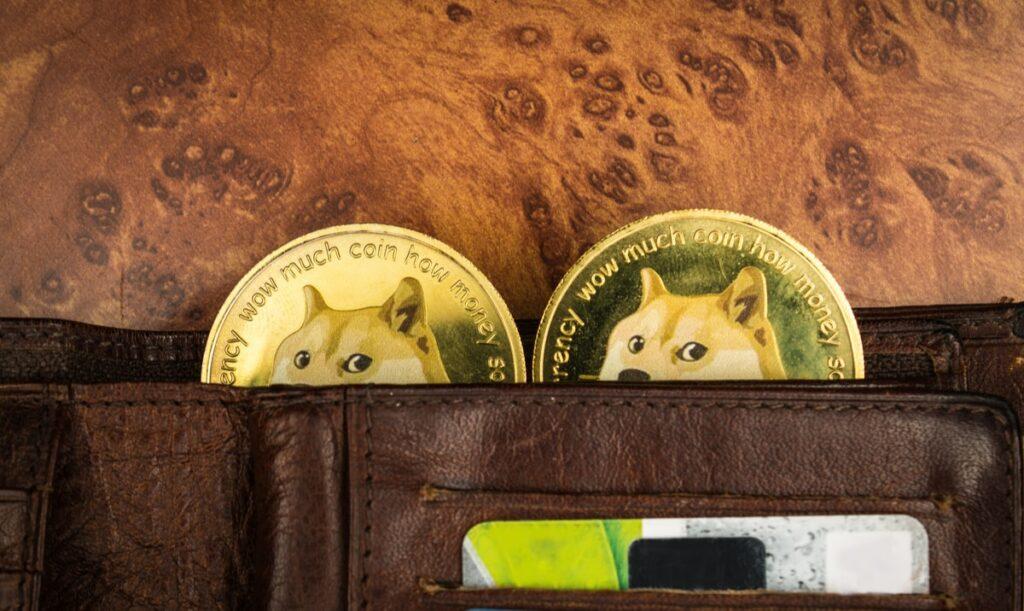What is an NFT?
So you might be sure you want to mint an NFT, but do you know exactly what one is? At its most basic, it’s a type of cryptocurrency that represents something unique, collectible, and that cannot be replicated with Meme Coin.
A simple analogy of an NFT is a shiny Pokémon card. Anyone can print one off and perhaps even make it look almost identical to a real one. But it’s just not the same in the mind of a collector.
We value the shiny Pokémon card for its uniqueness and authenticity. This is the same with an NFT. Of course, you can download the NFT’s associated image or collectible, but that doesn’t represent actual ownership or authenticity.
Even NFTs in a limited run aren’t all the same. You may have the 01/100 in the series, which can make it more valuable than the other units.
To learn more about the NFT craze’s origins, you can’t go wrong by reading up on CryptoKitties and Crypto Punks. These were some of the first hugely popular digital collectible projects on the Ethereum network.
What can be an NFT?
A big question to answer is what precisely an NFT can represent. Can it only be digital items or real-world artworks too? While it’s not as common, physical collectibles can be represented by NFTs. In these cases, the private key to a wallet containing the NFT is usually inbuilt or provided with the piece.
Still, it’s much more common for digital artworks, songs, gifs, and videos to have their own NFT. Even video game collectibles can be represented with NFTs and financial staking products. Crypto art and NFTs aren’t just limited to one format, so the sky’s the limit when it comes to creativity for your new NFT.
Do I need a specific wallet to use NFTs?
This all comes down to the network you choose to create your token on. Fortunately, nowadays, most wallets support Ethereum and Binance Smart Chain, so it shouldn’t make too much difference. These blockchains are the two most commonly used for NFTs.
What’s most important here is to check the blockchain network your token is built on. If it’s an Ethereum token, you will need an Ethereum supporting wallet. If it’s on Tezos, you’ll need a wallet that supports Tezos.
To make it simple, we recommend using MetaMask or Trust Wallet. These two crypto wallets support a wide variety of blockchains. You should always double-check, however, that your wallet supports the blockchain your token is on.
What blockchain should I use?
There are quite a few blockchains to choose from when minting an NFT. The Ethereum network was the first major blockchain to offer non-fungible tokens as we know them today. The list of NFT-compatible blockchains now includes Binance Smart Chain, Polkadot, Tron, Tezos, and many more.
Most NFTs nowadays exist on either Ethereum or BSC. However, gas fees on Ethereum have made minting and handling NFTs quite expensive. Binance Smart Chain is a much cheaper alternative and also benefits from its faster transaction speed. There are plenty of NFT marketplaces and projects, giving you a big audience for possible buyers.
What platform can I use to create NFTs?
Picking a platform to mint your NFT comes down to personal choice and the blockchain you want to use. Most BSC protocols will create your NFT as a BEP-721 token, so they will end up technically the same wherever you pick.
If you want to trade your token easily afterward, it’s probably best to choose a platform that has a marketplace you are familiar with. This way, you won’t need to transfer your NFT to a different place after minting it.
For ease of use, we recommend Bakery Swap and Treasure and. These BSC projects all have simple interfaces and cheap fees for minting your NFT. Bakery Swap has the largest marketplace for NFTs, making it a good choice for anyone who would like to sell their NFT after minting. Treasure and lets you mint NFTs for free. If you’re looking at using Ethereum, consider Opea Sea or Risible as two of the most popular options.

